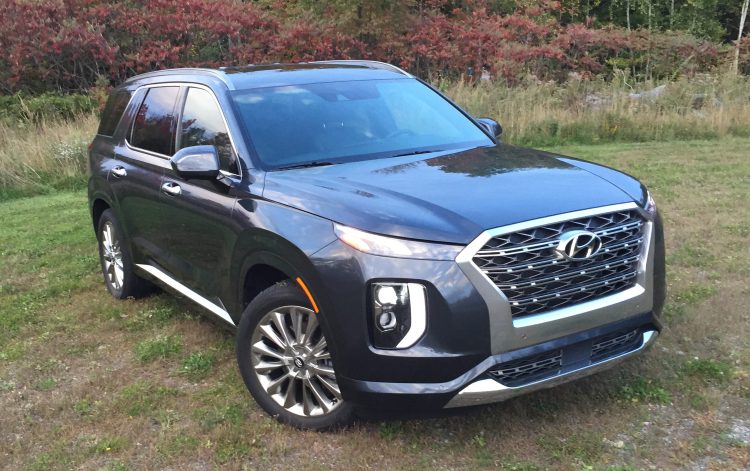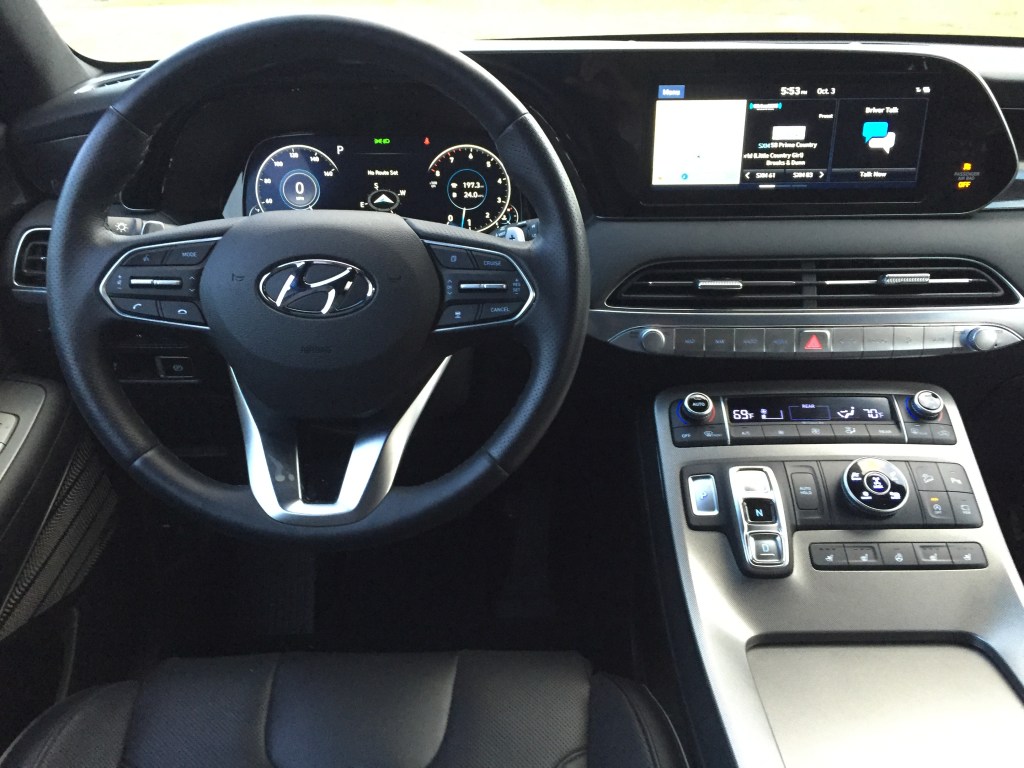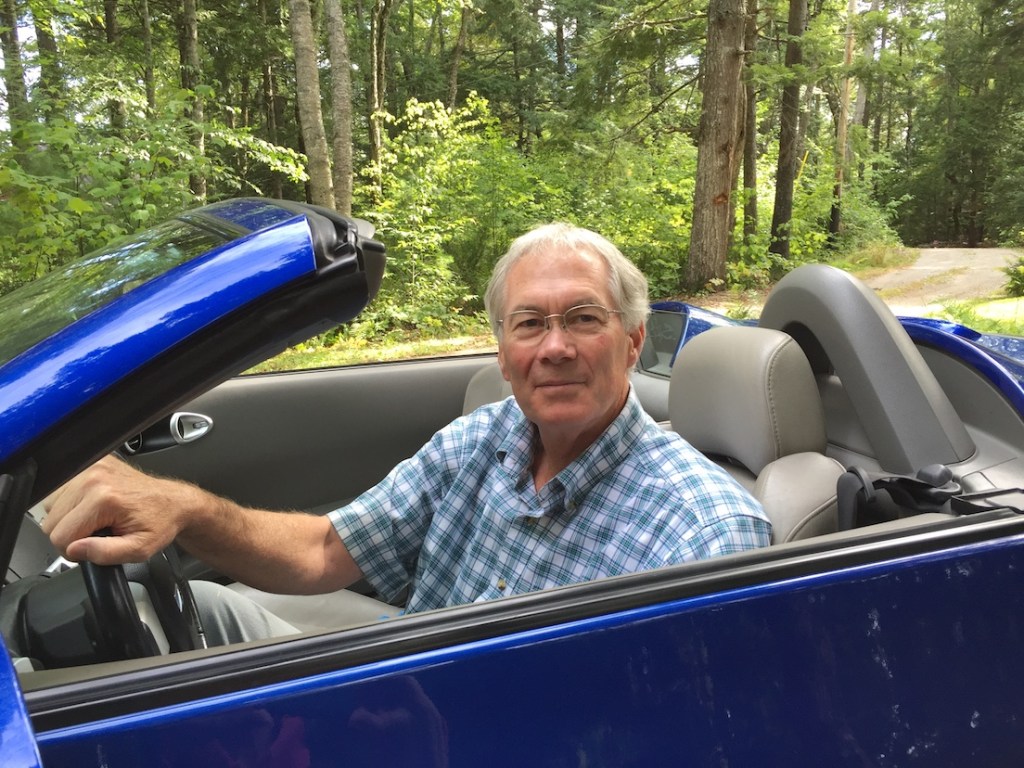Webster’s Dictionary defines disrupts as, “to break apart, to throw into disorder”. A lot of disruption occurs as society, life, progresses. Medicine improves, dispelling previous norms. Our foods change, our clothes change, and certainly our modes of transportation have changed immensely over the last decades.
The vehicle pictured here will also be a disruptor.
Hyundai has been selling cars here for over 30-years, but really made its mark in 2006 with the third generation Sonata sedan, a mid-size offering that took direct aim on Accord and Camry and nailed the target. Since then, Hyundai’s American sales have expanded greatly, helping the company to create giant assembly plants in the southern states to build the vehicles it sells in the USA. This new 3-row full-size SUV, the Palisade, is built in America.
A mechanical clone to the new Kia Telluride, both of these large crossovers use a front-drive based independently-suspended chassis that utilizes a selectable mode AWD-system for poor-surface traction. A 3.8-liter V-6 engine making 291-hp is standard, backed by an 8-speed automatic that features paddle shifters on several models. Key here; Hyundai’s 10-year/100,000-mile warranty is included, with base prices starting at $32,645 for 8-passenger SE-front drive models, climbing to just $47,605 (including destination fee) for our fully optioned Limited AWD model.
Whoa. Forty-seven thousand for a 7-passenger wagon this luxuriously equipped? With an interior that will embarrass the latest Cadillac’s, a design so fluid and practical that other rivals will need an immediate re-do to stay competitive?
First impressions often support the reality of any situation. The first moments in the Palisade are reinforced day after day in regular use; this is an impressive offering.
It starts with the suede headliner, the fully-functional floating console and instrument panel with its redundant knobs and buttons, the spacious seating all around, the general ease of use from entering, to loading cargo with the power-folding third and second row seat backs, to the overall tech employed to make the Hyundai a class benchmark.
Consumers in this segment expect LED lighting, 20-inch wheels, power lift gates, flat-cargo decks, and easy folding second row seats. The Palisade ups the ante with one-touch second-row power-folding seat backs, third-row seating for real adults, a sunroof overhead in the rear, plus heated and cooled Nappa leather second row buckets. There is a driver communication mode for the superb audio system (Toyota might consider using this supplier, just saying), letting the pilot speak directly to the rear occupants—yes, I’m talking to you Jennifer—plus there is an auto-levelling rear air suspension to compensate for full loads of people and gear.
Limited trim brings the full portfolio of driving aids, some of which will re-define how drivers operate their vehicles. Ultrasonic rear occupant alert reminds you of people left behind; Safe Exit Assist uses the blind-spot monitoring to stop rear occupants from exiting into oncoming traffic; plus the Smart Cruise system enables operators to actually have some hands-free driving, using the car’s numerous sensors to continuously center the vehicle in its lane while keeping safe distances and the selected speed. Instrument displays provide feedback—reminding you to keep your hands on the wheel, but you can travel great distances on the highway before it stops working, plus you will receive haptic safety warnings through a vibrating steering wheel.
Most favorite tech of all was the very clever blind-spot lane-change camera screens that pop up in the forward instrument cluster when you use your turn-signals. A camera on the bottom of each side mirror provides a real-time view of what is directly beside and behind you, so you should never run-over a close curb, an errant bicycle, or that small car that was creeping into your blind-spot area. This improvement should be standard on all cars.
The Palisade’s dimensions are right on top of the Ford Explorer, Honda Pilot, and VW Atlas; specifically 196-inches long, 78-inches wide, riding on a 114-inch wheelbase. Weight, formerly a sticking point on some Hyundai models, comes in as the second to lowest weight in the segment, just 4,380-pounds. And, like most of its peers, the Palisade can tow up to 5,000-pounds.
So, how does it drive? Like that 2006 Sonata, the Palisade undermines previous impressions—about the segment and the brand. Akin to the responsiveness of the VW Atlas, the Palisade felt agile, light on its feet, with an appropriate level of steering feel that never felt artificial or vague. Cornering prowess, acceleration, braking, and highway manners—all at or near the top of the class.
The Palisade is nicely styled, loaded with subtle virtues and features, and has none of the compromises of the previous Santa Fe XL. The Palisade has elbowed its way to the front of the full-size crossover pack.
Comments are not available on this story.
Send questions/comments to the editors.




